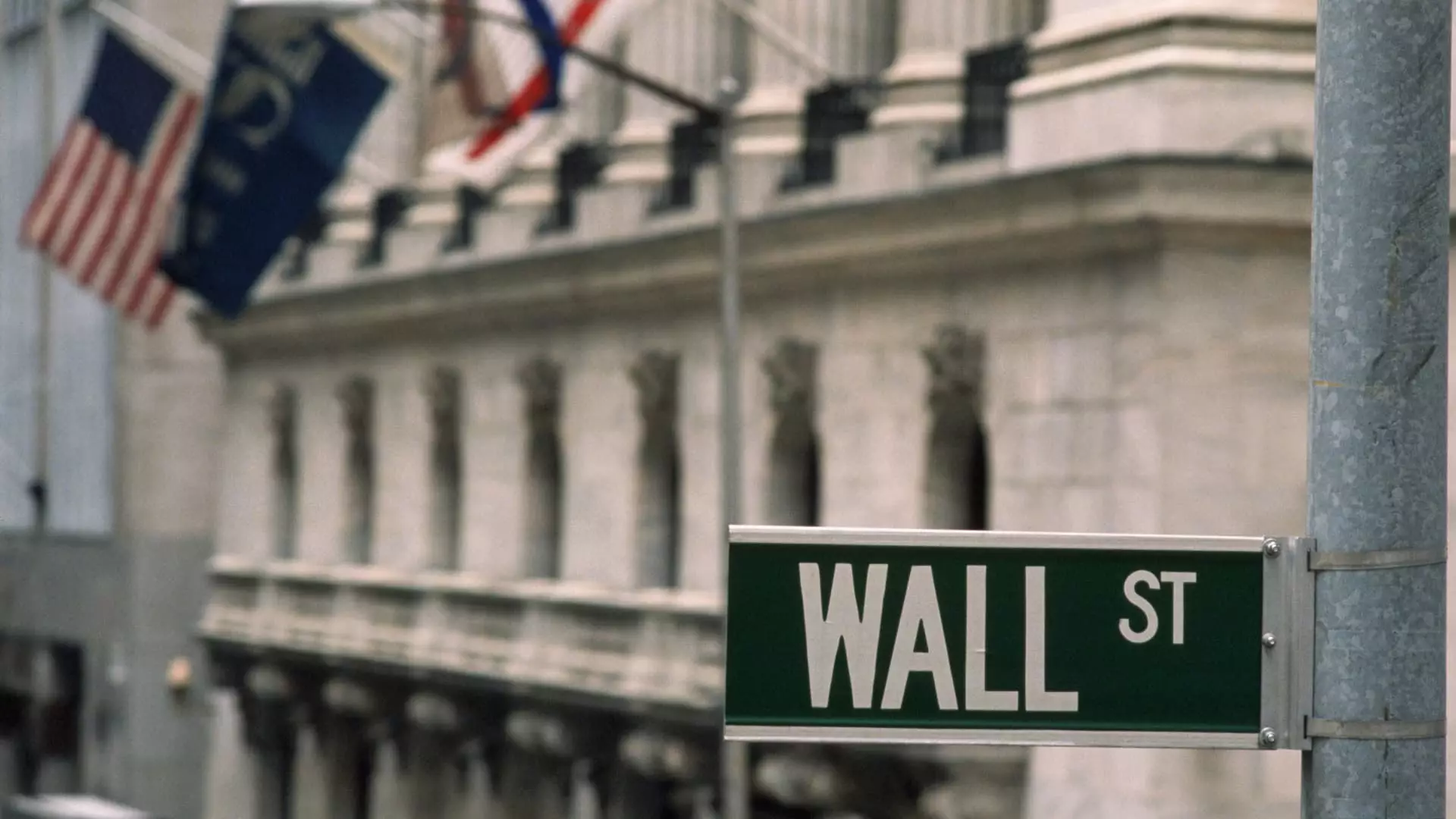As 2025 unfolds, the initial public offerings (IPOs) landscape presents a mixed bag of opportunity and caution. Despite the launch of more than a dozen IPOs, initial market responses have shown a palpable reluctance among investors. The recent debut of companies like Twin Peaks, a spinoff of Fat Brands, underscores the existing hurdles that many firms face on their journey to go public. While optimism remains among industry leaders like Nelson Griggs, president of Nasdaq, the market has not yet fully embraced the wave of new offerings.
Nelson Griggs painted an illustrative picture of the IPO market, likening its movements to a pendulum. This analogy aptly describes the cyclical nature of public and private investments. After several years of relatively subdued activity in public markets, Griggs believes that a resurgence is impending. His comments suggest that the second half of the year may bring more vibrant IPO activity, hinting at a potential recovery phase. However, this prospective uplift operates within the context of an extensive backlog of companies eager to make their public debut. The challenge lies not only in the number of companies poised for launch but also in the overall market appetite for new offerings.
The hurdles faced by companies like Panera Brands illuminate the complexities that await firms seeking to go public. Years of navigating regulatory environments and market conditions have compounded Panera’s attempts to debut, serving as a cautionary tale for others amid a challenging IPO climate. Additionally, the interest of newer tech firms, particularly those in artificial intelligence, in remaining private poses its own set of challenges. With the availability of substantial capital in private markets, these companies can afford to delay or forgo the IPO route. The question remains whether they will perceive the public markets as an attractive avenue for growth or liquidity.
Griggs acknowledged a significant trend: the growing overlap between public and private markets that has emerged through recent innovations. Enhanced liquidity options in private funding avenues offer a compelling reason for firms to remain private longer than in previous market cycles. This shift signifies that companies are no longer restricted to traditional paths for raising funds. Yet, Griggs emphasizes that despite the allure of private financing, nothing supplants the benefits of deep and sustained liquidity that public markets can provide.
As the IPO landscape continues to evolve, the interplay between public and private investment strategies will remain critical. While there is cautious optimism for a revival in IPO activity, the journey ahead may still be fraught with challenges. Innovations granting liquidity access in private markets may alter traditional pathways for funding, yet they do not erase the need for public offerings. The coming months will undoubtedly be revealing, offering insights into whether the IPO market can indeed reclaim its vibrancy or if the current hesitations will persist. As investors and companies alike turn their eyes towards the horizon, the potential for a robust revival hangs in the balance.


Leave a Reply